Medium-term Management Plan
Mid-Term Plan Theme
『Transformation』 & 『Growth』
~ Continuous Evolution with Founding Spirit ~
~ “Your Smile, Our Value” ~
Key Strategic:『Transformation』
- Inorganic Growth investment
- IT & Digital Infrastructure Enhancement
- Store Network Expansion
- Seamless Management between corporate and Brands
2025-2029 Strategic Roadmap
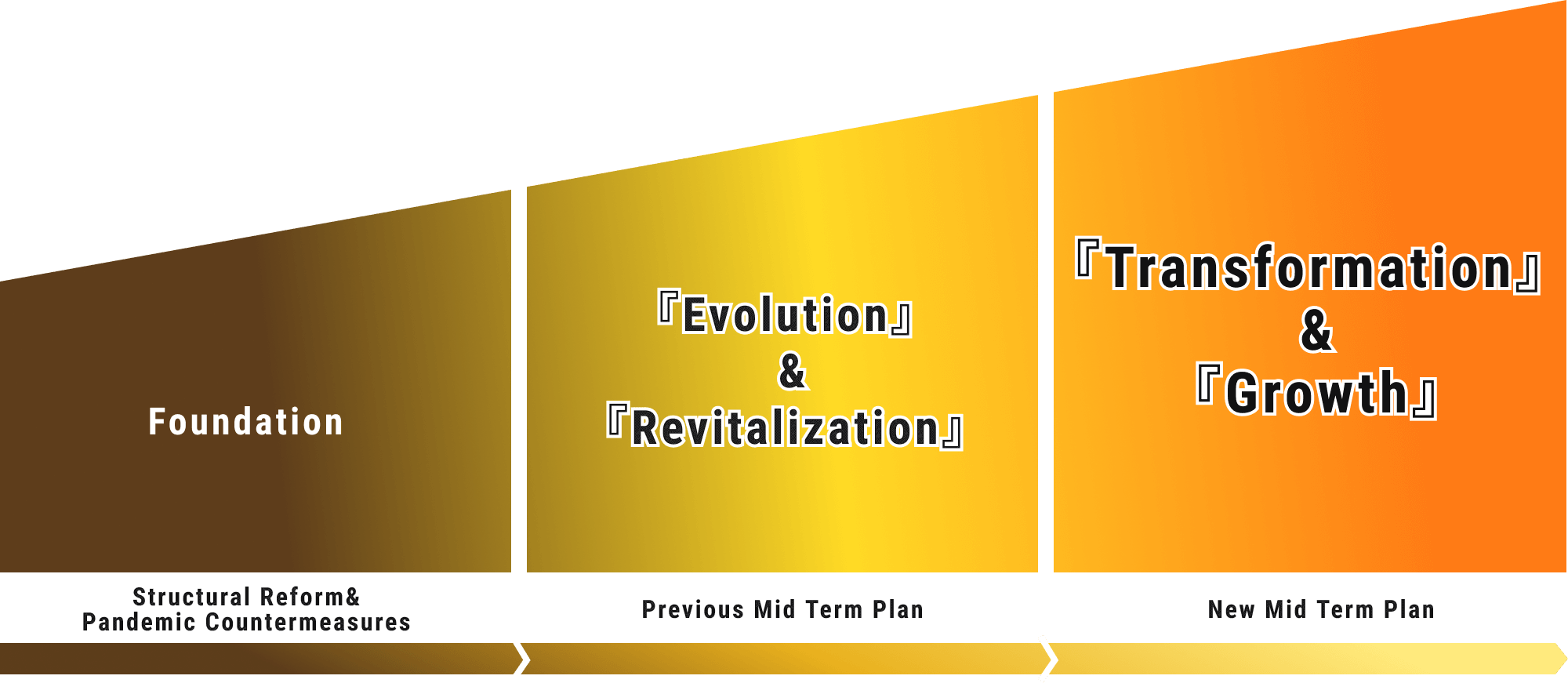
-
- Profitability Restoration
- Portfolio Optimization
- Break Even Optimization
- Crisis Driven Financing
Revenue 153.6 Operation
Profit2.3 -
- Profitability Enhancement
- C&C Model Renovation Yoshinoya
- Hanamaru Recovery
- Ramen M&A Expansion
- Financial Base Reinforcement
Revenue 204.9 Operation
Profit7.3 -
- Profitability Maximization
- Growth Investment
- Ramen Business Acceleration
- Business Portfolio Expansion
- Digital Investment Acceleration
Revenue 300.0 Operation
Profit15.0
2025-2029 Core Elements of the Mid-Term Plan
Mid-Term Plan ~『Transformation』 & 『Growth』~
- Strategy Direction
- “The Transformation of Existing Businesses” & “The Growth of New Business Drivers”
- Financial Target
- FY2029: ROIC 7.0% D/E Ratio 0.9x
- 3 Strategic Pillars
-
-
Strengthen
- Domestic
- Business Model Evolution & Creation of New Value
-
Accelerate
- Ramen
- Establishing Another Core Business Segment
-
Expand
- Overseas
- Optimizing Existing Areas & Entering New Markets
-
- Key Strategic Areas for Execution
-
- Inorganic Investment
- Human Capital Development
- IT Investment & Infrastructure Enhancement
- Sustainability Initiatives Enhancement
- Group Function Synchronization
- Social Value
Enhancement - Economic Value
Enhancement
2029 Performance Indicators
| Enhancing Profitability |
|
|---|---|
| Improving Capital Efficiency | ROIC 7.0% |
| Maintaining Financial Stability | D/E Ratio ≤ 0.9x |
| Establishing New Growth Drivers | Ramen Revenue 40.0 billion yen |
Business Strategy Overview
Yoshinoya
| Revitalize |
|
|---|---|
| Expand |
|
| Challenge |
|
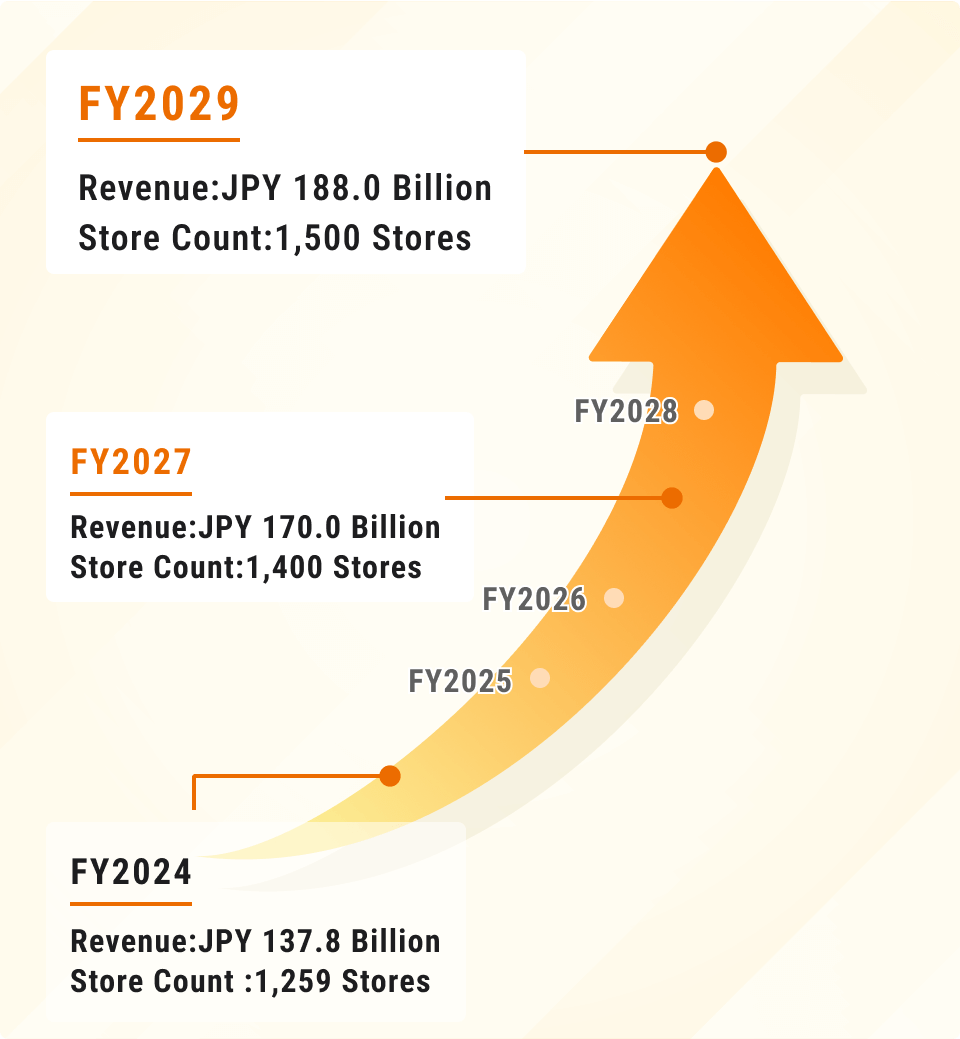
Detailed Initiatives
New Service Model Stores
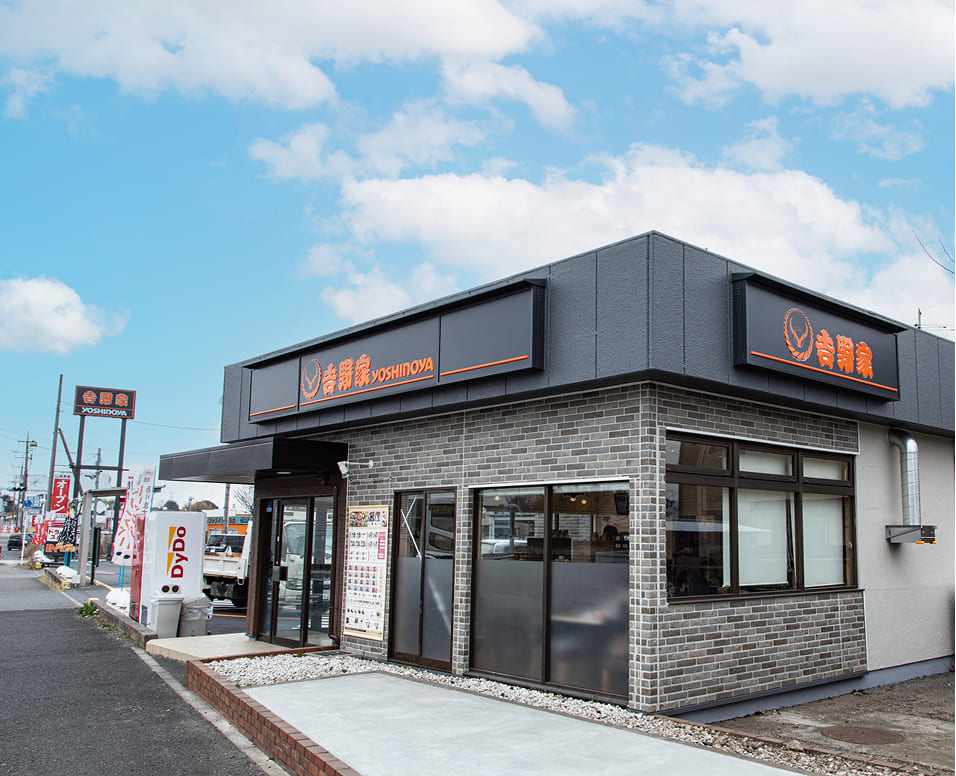
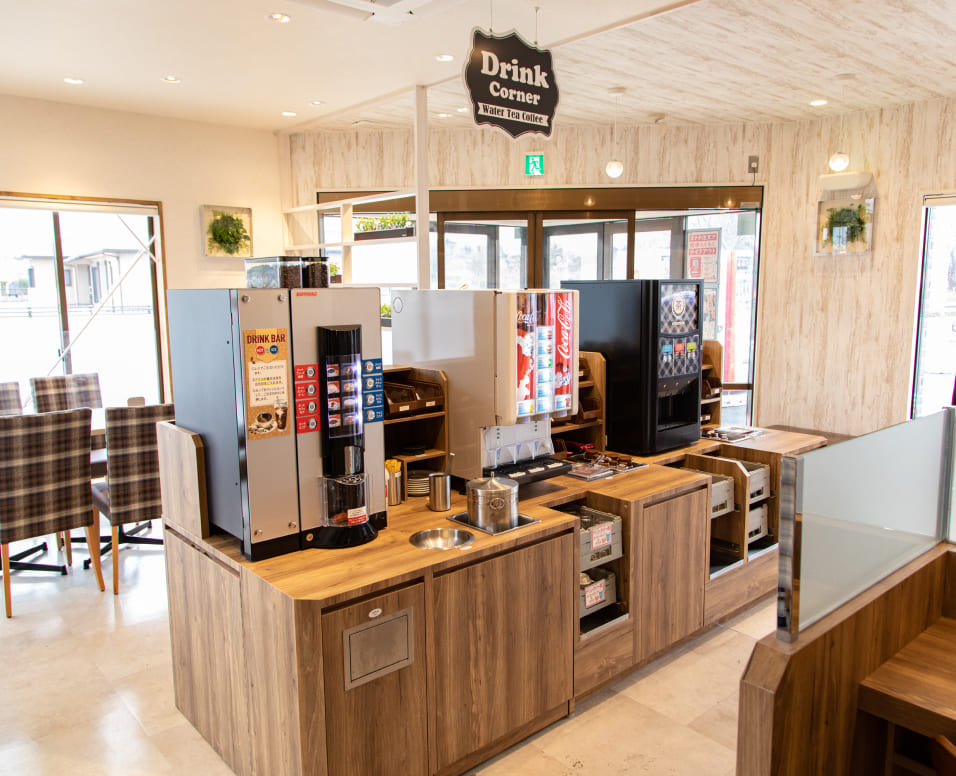
Fried Chicken Product Line
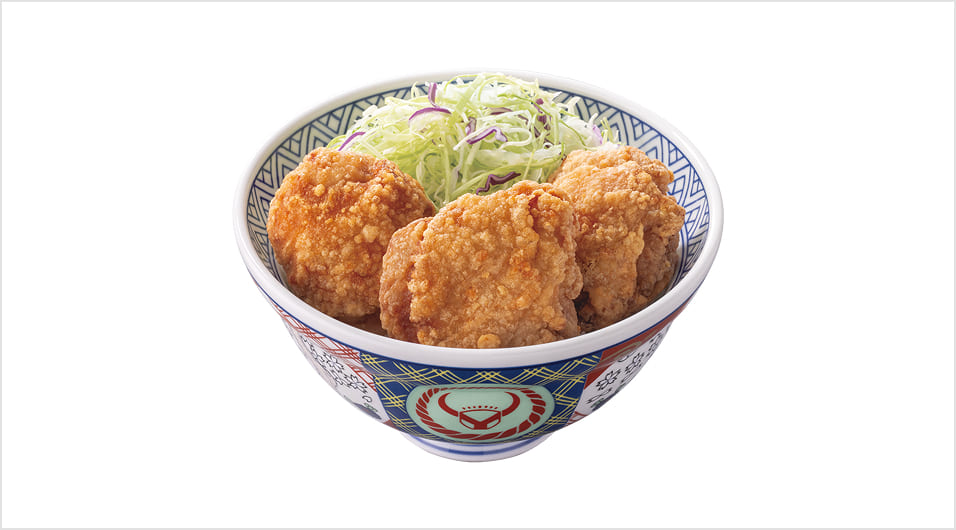
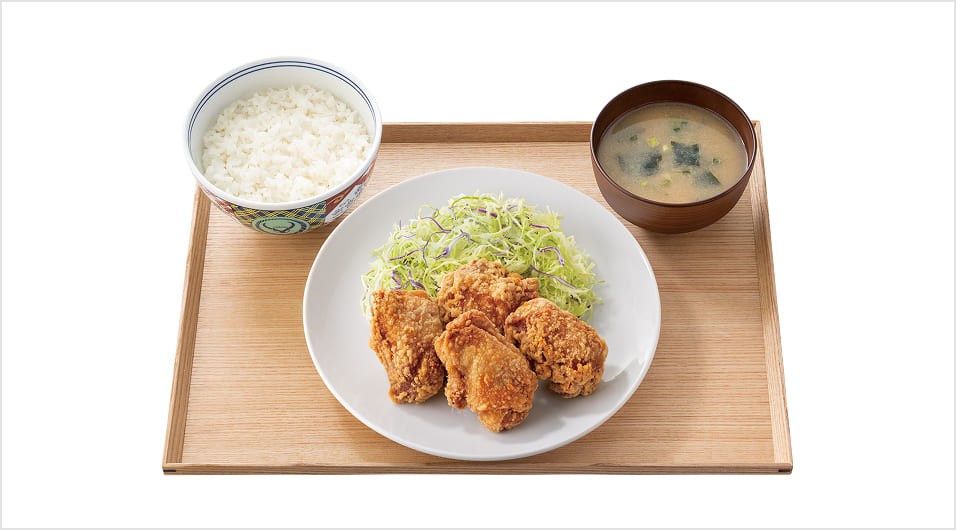
Newly Developed Brands
-
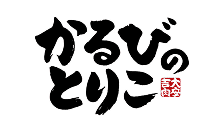
Karubi no Toriko - Specialty brand for 『Beef Kalbi Rice Bowl』『Korean-style Tofu Stew』
-
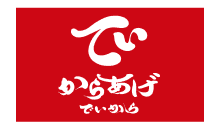
Deikara - Specialty brand for 『Crispy Fried Chicken』『Handmade Rice Balls (Onigiri)』
-
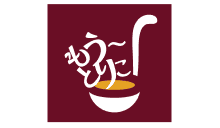
Moo~Toriko - Specialty brand for 『Beef Curry』
Packaged Product Sales
14,000 Store Distribution by 2029 (150% vs. 2025)
-
Shelf Stable Market Expansion
Customer Segment Expansion Beyond Frozen
-
Group Brand Commercialization
Brand Value Enhancement via EC
Customer Touchpoint Expansion via Supermarkets
Hanamaru
Transformation & Growth Initiatives
| Revitalize |
|
|---|---|
| Expand |
|
| Challenge |
|
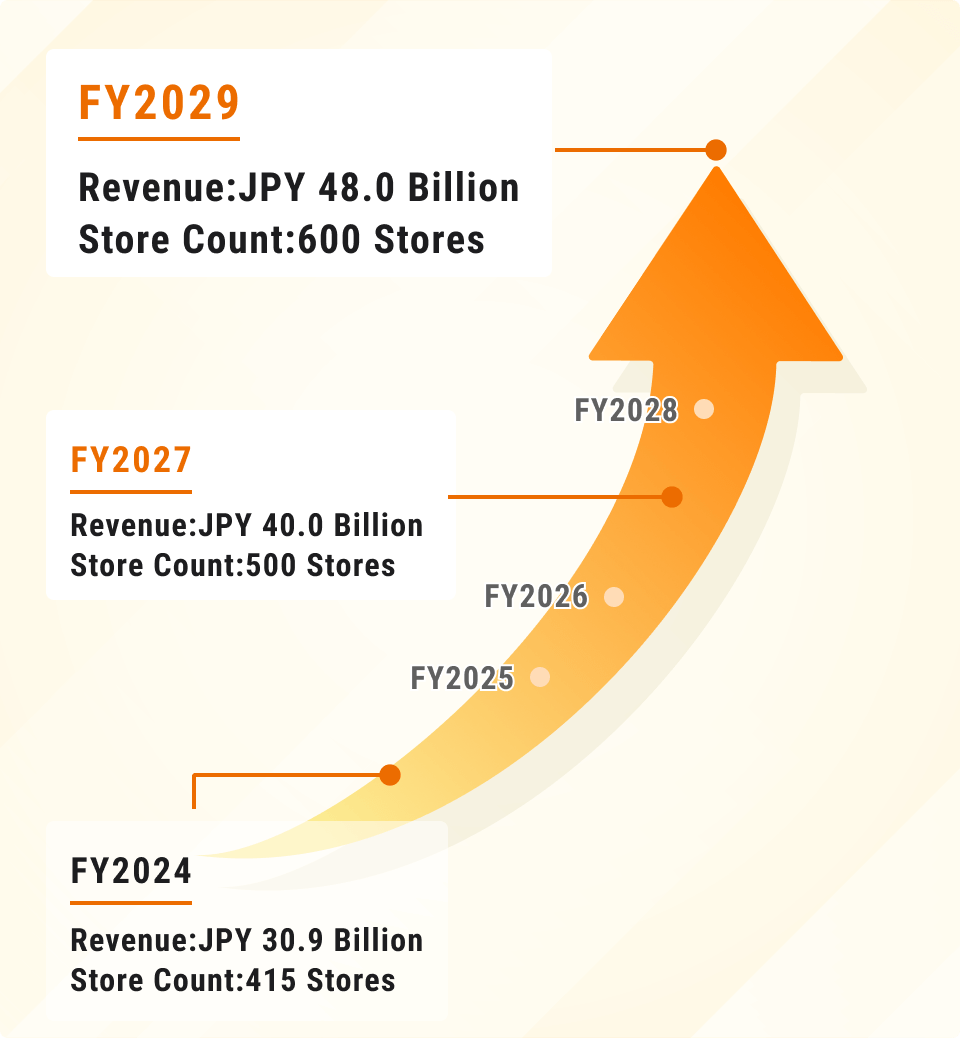
New Value in Existing Business
- Location Based Sales Strategy
・Suburban Area...Relaxed Comfort → Sophisticated Renovations Made-to-Order Satisfaction
・Office District...Everyday Vibes → Value Focused Menu
・Food Court...Menu Optimization - Data Driven Product Development & Promotion
Store Expansion Strategy
- Top 3 Urban Markets Expansion
- Kishimen Concept: ZZZ Brand Expansion from Hoshigaoka Noodle Factory
- Western Style Izakaya Expansion
- Japanese Noodle Fusion
Strengthen Growth Foundation
- Hiring Channels Diversification: Overseas Japanese School Partnerships, High School Graduate Hiring Reinforcement, Senior Talent Utilization
- System Development: Overseas Training Center Launch, Udon School, Kids’ Cafeteria Activities
Overseas
Expansion Initiatives
Key Overseas Strategies
- Product: Japanese Items, Localization
- Pricing: Regional Pricing, Competitive Edge
- Sales: Store Model Customization
- Promotion: Area Specific SNS Usage
- Franchise: Local Partner Collaboration
Mid-Term Initiatives
| Revitalize |
|
|---|---|
| Expand |
|
| Challenge |
|
Overseas (Yoshinoya)
-
Revenue 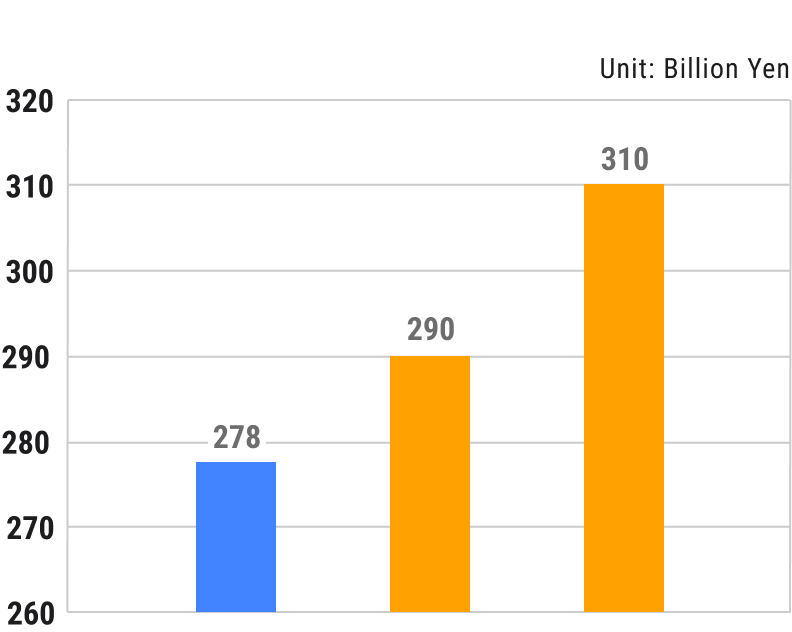
Apply proven domestic formats abroad to create successful international models
-
Store Count 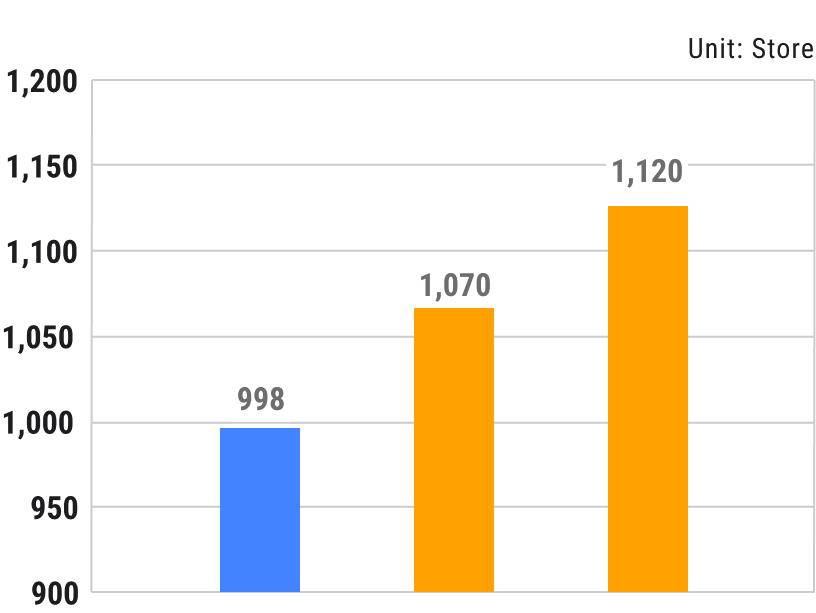
Actively open stores in promising areas such as Mainland China and Southeast Asia
Ramen
Ramen Business Strategy: Targeting Global No.1 in Ramen Dining
- Ramen as the Third Business Pillar
- Brand Expansion & Strategic M&A Execution
- Global Demand Capture via In House Manufacturing & R&D (Takara Sangyo)
| FY2024 | FY2025 - FY2029 | FY2034 |
|---|---|---|
| Ramen Dining |
|
FY2029 Global No.1 in Ramen Dining |
| Manufacturing |
|
|
| Inorganic Growth |
|
| Revitalize |
|
|---|---|
| Expand |
|
| Challenge |
|
Business Portfolio Transition
Segment Base Sales Contribution Breakdown
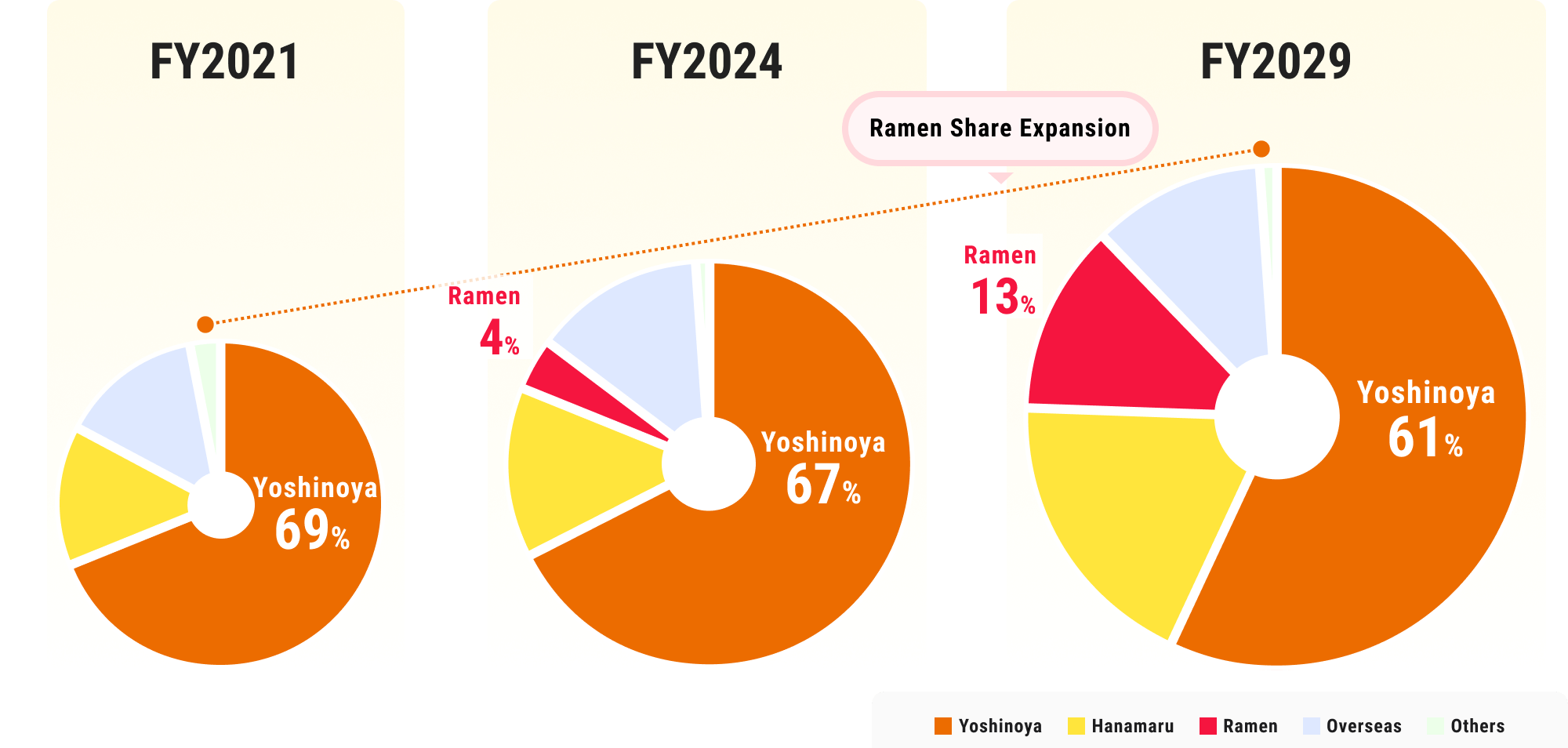
Segment-Based Target
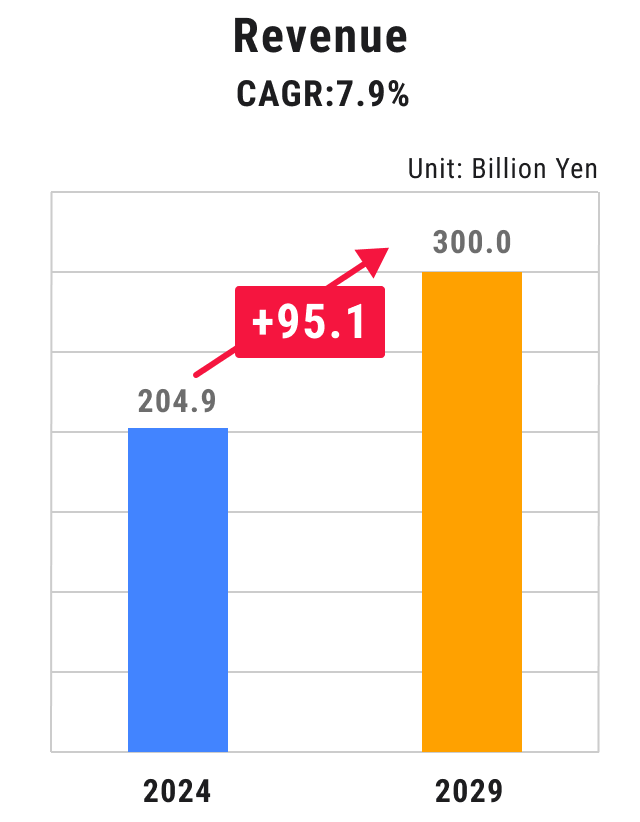
| Segment | FY2024 Performance (billion yen) |
FY2027 Target (billion yen) |
FY2029 Target (billion yen) |
CAGR (%) |
|---|---|---|---|---|
| Yoshinoya | 137.8 | 170.0 | 188.0 | 6.4 |
| Hanamaru | 30.9 | 40.0 | 48.0 | 9.2 |
| Overseas | 27.8 | 29.0 | 31.0 | 2.2 |
| Ramen | 8.0 | 17.0 | 40.0 | 38.0 |
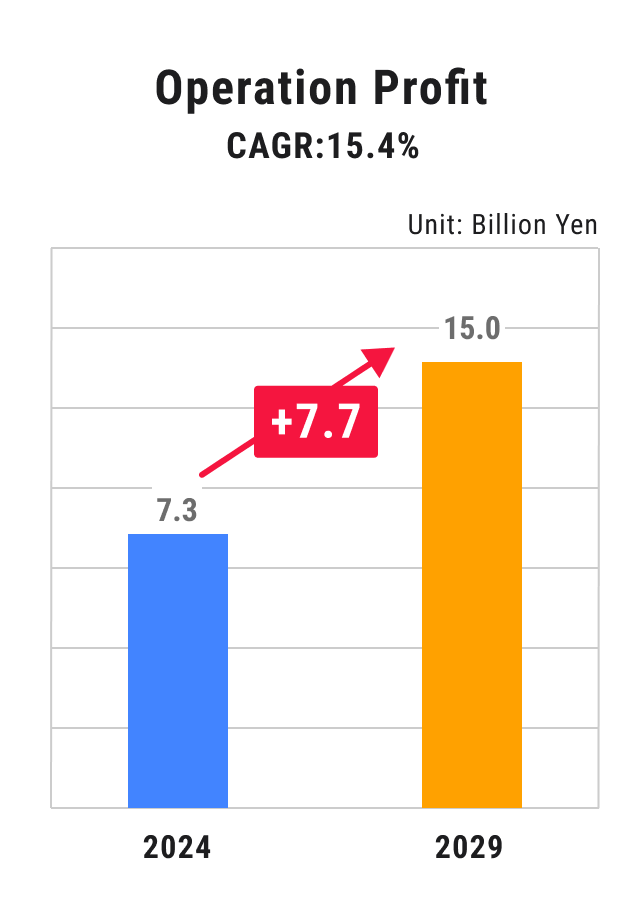
| Segment | FY2024 Performance (billion yen) |
FY2027 Target (billion yen) |
FY2029 Target (billion yen) |
CAGR (%) |
|---|---|---|---|---|
| Yoshinoya | 7.8 | 10.0 | 12.1 | 9.2 |
| Hanamaru | 2.0 | 3.0 | 4.2 | 16.0 |
| Overseas | 1.2 | 1.7 | 2.5 | 15.8 |
| Ramen | 0.4 | 1.3 | 4.0 | 58.5 |
| Adjustment | △4.1 | △6.0 | △7.8 | - |
Financial Strategy
CAPEX Policy & Plan
Enhance corporate value by maintain financial discipline and improve investment efficiency, while investing in brand evolution and expanding the business portfolio through proactive inorganic growth.
| CAPEX Categories | 5-Year Investment (billion yen) |
Key Investment Areas |
|---|---|---|
| Existing Business Foundation |
5.0 |
|
| 5.0 |
|
|
| Existing Business Growth |
45.0 |
|
| 20.0 |
|
|
| 5.0 |
|
|
| 10.0 |
|
|
| Inorganic | 40.0 |
|
| 5-Year Investment Plan | 130.0 |
Cash Allocation Strategy
~Turning Cash Into Growth and Shareholder Value~
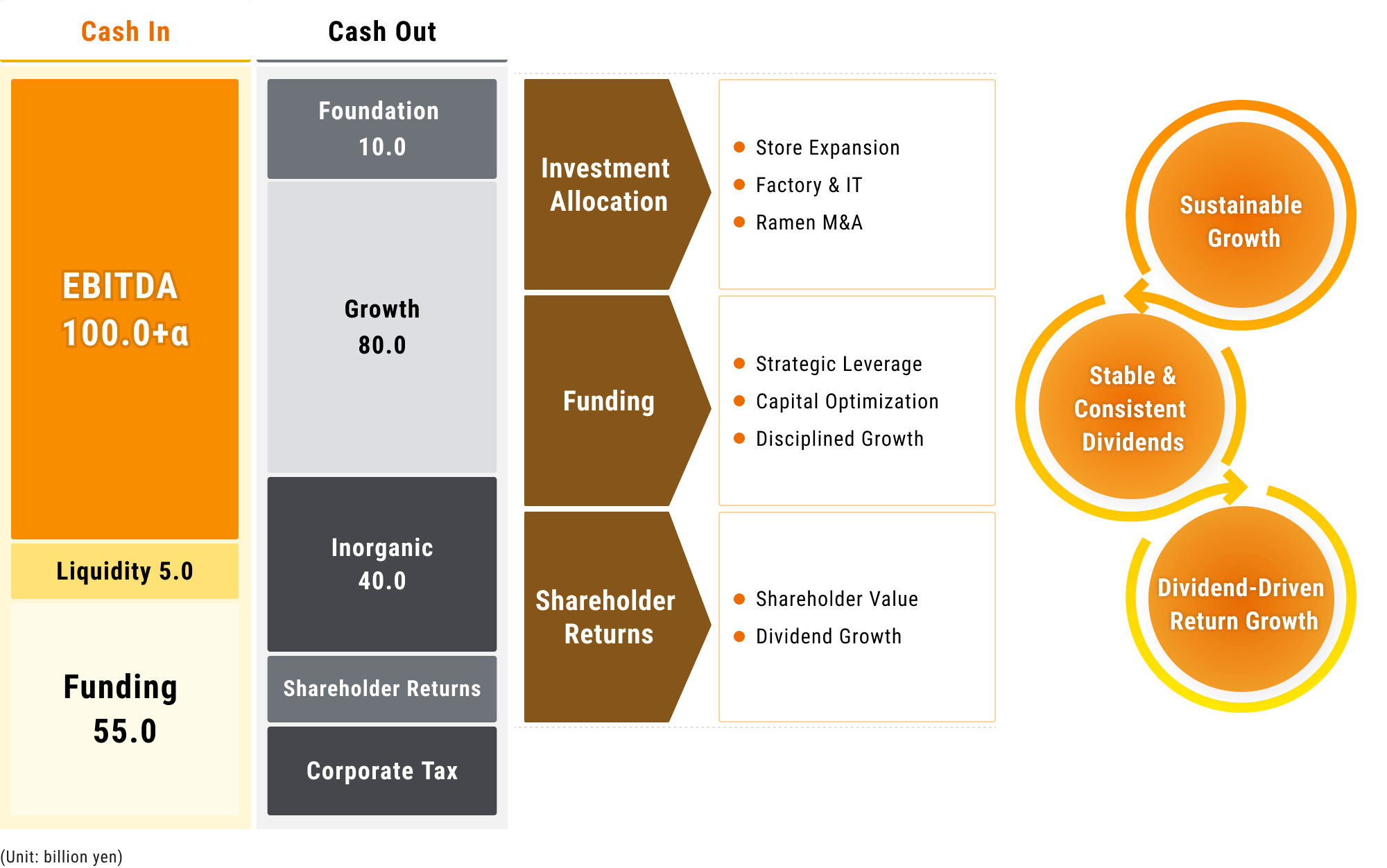
ROIC Improvement Initiatives
Maximizing Capital Efficiency through Stable Cash Generation
- Strengthening Cash Generation from Core Businesses
- Optimizing Capital Allocation to Improve ROIC
- FY2029 Target ROIC 7.0%
ROIC Improvement
ROIC (Return on Invested Capital) > WACC
-
Revenue Expansion via Strategic Investments
- Growth Investment
- QHA Driven Marketing Strategy
- HQ Cost Structure Optimization
- PDCA Acceleration for ROI Optimization
-
Capital Efficiency Improvement
- Debt Equity Balance Management
- Liquidity Cycle Optimization
- Shareholder Return Enhancement
Group-Wide Management Approach
- Horizontal Best Practice Integration
- Profitability Risk Response Framework
- Group-Level Optimization Over Silo Thinking
- ROI-Based M&A and Post Merger Integration
Human Capital Management Initiatives
Human Capital Management - Building a Workplace for Lifelong Commitment
Building Pride in Belonging for Employees and Their Families
-
Employee Loyalty Enhancement
Organizational Culture Reform: Developing Systems and Policies to Support Flexible and Diverse Workstyles
- Workplace Enhancement
- Engagement Survey Integration
- DE&I Program Implementation
- Employee Wellness Initiatives
-
Human Capital Resilience Reinforcement
Employer Branding Enhancement: Building Strategic Recruitment Systems to Secure Growth Oriented Talent
- Recruitment Media Optimization
- Diversified Recruitment Channels
- Compensation Optimization
- Hiring Process Optimization
-
Market Competitive Talent Development
Human Resource Data Utilization: Redesigning Group Wide Education and Career Path Systems to Continuously Develop Sustainable Leadership Talent
- HR System Modernization
- Talent Data Analytics
- Tiered Training Redesign
- Cross-Group Talent Mobility
- External Secondment Programs
IT & Digital Strategy
Data-Driven Transformation (¥15 Billion IT Strategy for Group Wide Innovation)
Enhancing Service, Quality, and Efficiency to Strengthen Group Competitiveness and Loyalty
System Modernization
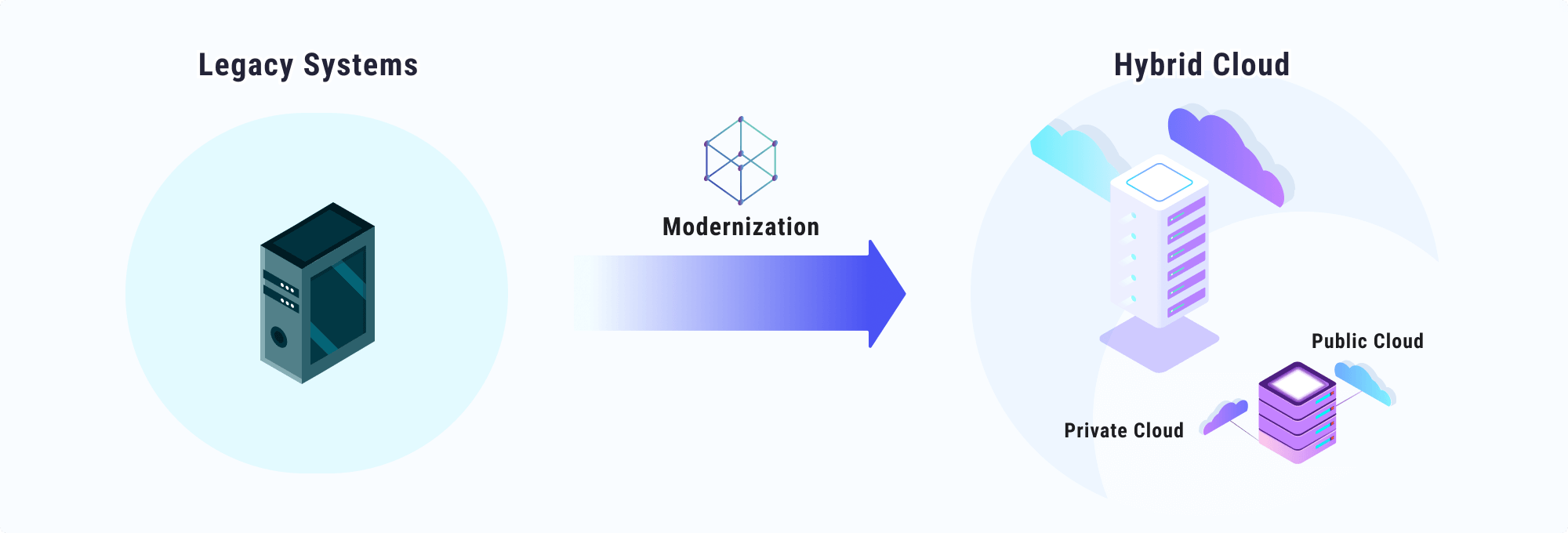
UX Enhancement
Information Visibility
- Real Time Access to Critical Data
- Fast Information Delivery
(Stock Optimization / Waste Reduction)

EX Enhancement
Operational Automation
- Order & Forecast Automation
- SNS and AI Response Infrastructure

Supply Chain Optimization

Sustainability Initiatives
Sustainability Driven Competitive Advantage
- ESG Integration for Market Advantage
- Non-Financial Value Integration into Business Strategy
![Non Financial Value Integration into Business Strategy [Human Capital Diversity] [Food-Driven Wellness] [Community Empowerment] [Sustainable Supply Chains] [Climate Resilience] | ESG Integration [Talent Development] [Women’s Empowerment] [Employee Wellness] [Food Safety] [Functional Food] [Child Meal Program] [Disaster Response] [Supplier Monitoring] [Food Waste Reduction] [Waste Recycling] | Competitive Impact [Future-Oriented Operations] [Inclusive Branding] [Safety Assurance] [Universal Food Access] [Regional Revitalization] [Job Creation] [Sustainable Supply Chains] [Green Profitability]](/english/img/ir/management_plan_sustainability_promotion.png)